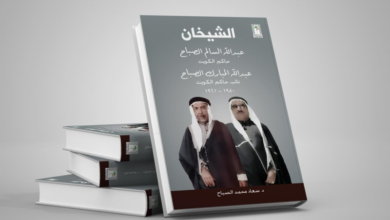
A recent report predicts that the Gulf region’s population will grow by 30% from 2020 to 2030, with 90% expected to live in urban cities by 2050. This will drive demand for housing, infrastructure, and comprehensive development, offering regional economic opportunities worth $150 billion.
The report, issued by the international management consulting firm Arthur D. Little, stated that Saudi Arabia will lead this transformation, with the Kingdom planning to build 500,000 new housing units to meet the growing demand for housing.
Moreover, the report quoted Rajesh Doneja, the company’s principal researcher, saying that the Gulf countries are witnessing a paradigm shift; it is not about building cities, but about creating economic ecosystems that are vibrant and grow within local communities.
Maurice Salem, Director of Arthur D. Little for the Middle East, said, that the Gulf development plans are not just about urban development, but rather confirm the emergence of a new economic plan that places human potential at the core.
Importantly, Saudi Arabia seeks to achieve the goals of ‘Vision 2030’ and the Quality of Life Development Program, aiming to include three of its cities among the top 100 global cities in terms of livability.
Comprehensive Opportunities
The report added that the ongoing efforts in the Kingdom are not just a construction initiative, but a strong drive to provide comprehensive opportunities and long-term economic contributions. This includes the development of the workforce, small and medium enterprises, and local participation in the overall development journey.
The report pointed out that the growing demand for housing and basic infrastructure in the Gulf requires community-led strategies for a more comprehensive approach, as traditional infrastructure models alone cannot meet the scale of this demand. It explained that the pace of urban development across the region, especially in Saudi Arabia, is unprecedented. Therefore, to achieve ambitious economic goals like Saudi Arabia’s “Vision 2030,” all communities must actively participate and feel an integral part of the economic and social changes.
Economic Flexibility
The report stressed that the Gulf development plans, which focus on developing communities, not only enhance social impact, but also drive economic growth. It is expected that these plans could support the growth of the Gulf region’s GDP by 4%, strengthening its economic resilience in the face of global challenges.
According to the report, the demographic profile of the Gulf region further underscores the need for a community-based economic approach. It highlighted that with only 3% of Saudi Arabia’s population over the age of 65, the Kingdom has unique opportunities to harness the potential of its young and vibrant workforce.
In conclusion the report stated that therefore, when young people are combined with local talent, cultural heritage, and SME development, infrastructure projects become the most important driver of social and economic transformation.
Source: Al Qabas













